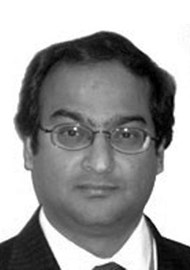Reconstruction of the mandible following ablation requires good bone stock to allow optimal function and the placement of dental implants. In the developed world, vascularised bony flaps are accepted as the gold standard but these may not be widely available in other parts of the world. This is a prospective observational clinical study of 600 patients treated in a single unit over 10 years. Patients included in the study had mandibular resection for benign tumours with adequate soft tissue cover and patients with malignant tumours with no radiation. All patients were primarily reconstructed with split rib bundle grafting technique. Two alternating ribs were harvested split and applied rigidly. Age range was three to 63 years with 370 male and 230 female patients. The commonest pathology was ameloblastoma (320) followed by odontogenic keratocyst (130). Defect length was 6-18cm with a mean of 8cm. Hospital stay was three to 12 days and follow-up was six to 60 months. A total of 260 patients (43.3%) showed excellent facial symmetry and posterior facial height and 300 (50%) showed acceptable results. With microvascular techniques becoming more advanced and more accessible in the developed world, other older methods are forgotten. This paper, with a very adequate description of the surgical techniques and a good discussion of the art of mandibular reconstruction, is a must-read for any surgeon that operates in this area. While it is not going to be used in place of vascularised free flap grafting, it is nonetheless a technique to be aware of and ideally understand.




